Blog
Cádiz with Local Food Fanatic Carlos
Disclaimer to all herbivores: As a fully committed vegetarian, I can shamefully say that this conversation was the first time my tastebuds were tickled at the mention of meat.
During any trip with Pura, you don’t travel to simply see a place—you experience it through the eyes of the people who live there. In the Cádiz province, that person is often Carlos, our local guide who welcomes Pura Aventura guests into his world, guiding through cork forests, sharing his love for sherry and Andalusian culture.

When we called Carlos, the screen popped open with a nervous laugh that was swiftly exchanged with a beam at the mention of food talk. At a time when we increasingly rely on answers delivered on a screen, it is refreshing to speak directly with a human — particularly someone with the level of passion and insight that can only come from personal experience.
We sat down with him to talk about the flavors, the landscapes, and the stories of Cádiz.
Starting with Food: “To understand Cádiz, you have to taste it”
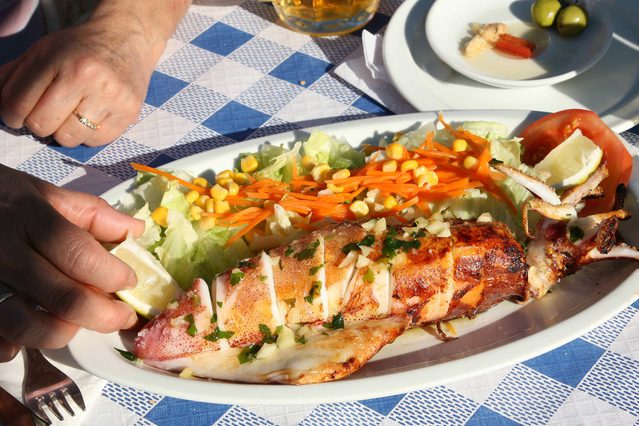
Q: You clearly light up when you talk about food. What flavors do travelers have to try when they come to Cádiz?
Carlos: “Yes, yes, yes. For me, food and wine are such a big part of this region. First of all, Andalucía is the largest producer of organic food in all of Europe. People don’t realise that, but the vegetables, the fruit—it’s amazing. Then we have our local meats, like the native breed of beef that feeds only on wild grasses, and the goats—Payoya goats, which you find here between Cádiz and Málaga.”
But, the real star is the tuna.
“The migration of bluefin tuna passes through the Strait of Gibraltar—only nine miles wide—and 50% of the world’s Atlantic bluefin tuna cross right there. It’s incredible. And the way we catch them is sustainable, by quota, with divers now reducing stress so the quality is amazing.”
And then, of course, there’s sherry.
“People think of the cream bottle in their grandmother’s cupboard, but real sherry is nothing like that. Fino, for example, is one of the driest wines in the world—less than one gram of sugar. On the other end, PX is one of the sweetest, like syrup. Everything in-between means sherry is one of the most gastronomic wines in the world. To really understand the gastronomy here, you have to pair it with our wines. Anything less than 15% alcohol we don’t even call wine—we call it grape juice!”
Must-Try Local Specialties:
Retinto Beef: A native breed, free-range and grass-fed.
Payoyo Goat's Cheese: From a breed found in the Cádiz-Málaga mountains.
The Tuna of the Strait: The local "almadraba" fishing method is sustainable and highly regulated, producing world-class tuna prized by top chefs.
The true Sherry: True Sherry from Jerez is one of the world's driest wines, and is also home to one of the sweetest, “Pedro Ximénez“.
Organic Capital: Andalucía is the largest producer of organic food in Europe, and Cádiz's restaurants are brimming with this fresh, local produce.
Walking Through Living Landscapes
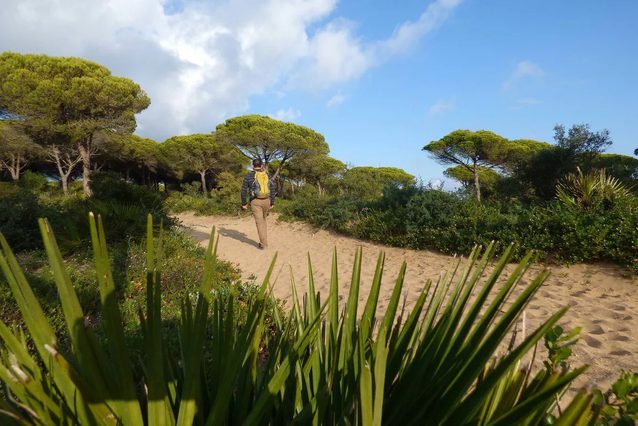
Q: You also guide the walks with our travelers. What makes Cádiz such a special place for walking?
Carlos: “Cádiz province has the most protected habitat in the region. We have six different natural parks—each with something unique.
In Los Alcornocales natural park you have the largest cork oak forest in Spain, and also Laurisilva—subtropical rainforest. It is a unique place in mainland Europe to see that, because of the strong winds here creating a humid microclimate. In Grazalema you have limestone caves and underground tunnels. In La Breña, you hike pine forests right to the sea cliffs and look out over Cape Trafalgar where the battle happened.
And it’s not just about the scenery. I always explain the traditional uses of plants—culinary, medicinal—and the geology, the history, even the food connections. For me, guiding is interpreting the landscape, not just walking through it.”
Two natural parks that feature in our Cádiz trip:
Los Alcornocales Natural Park & Las Breñas Natural Park
Why Vejer de la Frontera is the Perfect Base
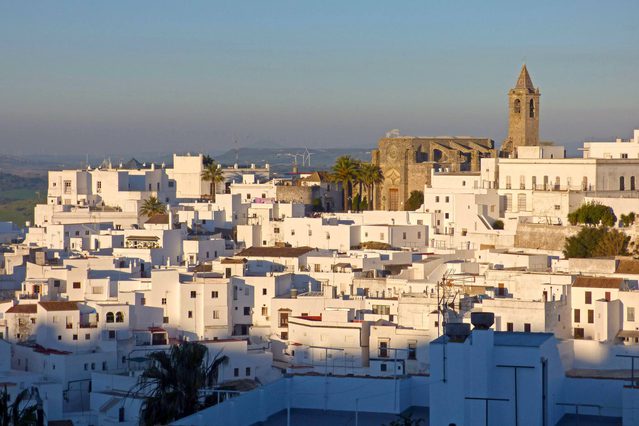
Q: Tell us about Vejer, the white town where you’re based. What makes it a special place to visit?
Carlos: “Vejer is just beautiful. It’s a whitewashed town on a hilltop, and when guests come with Pura they often stay for a whole week. From here we can do three guided hikes, visit Cádiz city if they want, or just enjoy the local restaurants. Vejer is small enough that you feel like part of the community, but it’s also central—you can reach the coast, the mountains, even Ronda if you want to combine regions.
Having a local person here is always a big asset. I can recommend where to eat, what to see, and introduce you to people. For example, one of the highlights for many is going to eat at Luisa’s home. She cooks on the fire with vegetables from her garden, her own eggs, sometimes venison or wild mushrooms she foraged. Everyone leaves so full and so happy.”
An extra treat in Vejer:
Spa trip: We highly recommend you book into the Hamman- an indulgent blend of Roman baths and a Moroccan spa. When could there be a better time to fully indulge than when you’re on vacation?
The Value of a Guide: “You see more, you learn more."

Q: Sometimes we have travelers ask if they can do the trips without a guide. Why do you think it is important to have a guide in this region?
Carlos: “There are hikes you can do by yourself, sure, and you’ll enjoy the views. But you miss so much—the history, the plants, even just access. In Los Alcornocales, for example, to reach one of the hikes by yourself you’d have to walk 15 kilometers just to get to the start, unless you have a special permit. With me, you go straight in, and afterwards we eat at Luisa’s home. You don’t get that on your own.
It’s also about memory. People think they’ll remember the view, but what they really remember is the experience with the people they met. That’s why having a guide is so valuable.”
Tourism Done Right
Q: Overtourism is a big topic right now in Spain. Do you see that in the Cádiz province?
Carlos: “In Cádiz province, not so much. In Cádiz city, you hear some complaints, but mostly because of cruise ships—they arrive with thousands of people, leave a lot of rubbish, and then they’re gone without supporting small businesses. But outside the city, in places like Vejer, it’s completely different. We go to small restaurants, family bodegas, places where our visits really make a difference.
Cádiz has one of the highest unemployment rates in Spain. So, when you come with Pura, you’re not just travelling—you’re helping to support the local economy, keeping traditions alive, and experiencing real culture. People here are very proud, and when you show interest, they love to share.”
Looking Ahead
Q: Finally, how do you see tourism in Cádiz changing over the next few years?
Carlos: “I think people are already more interested in food and in hiking, especially after COVID. I hope we see more small groups, more people wanting to learn, and fewer of the big herd-like tours. At the end of the day, the best travel is about connection—with the landscape, with the food, and especially with the people.”
Why Travel Cádiz with Pura
Travelling to Cádiz is about walking through cork oak forests whilst learning about the landscapes, sipping wine with a local bodega owner, eating home-cooked food by the fire, and experiencing the true essence of the region.With Carlos as your guide, you don’t just see Cádiz—you feel it, taste it, and will carry stories home with you.
Travelling with Pura means hand-picked places to stay, enriching local connections, smooth logistics and making a positive difference.

Short Walks & Local Flavors on the Cádiz Coast
-
$2,300 pp
- 8 days

Ronda to Cádiz Coast Signature Drive
-
$1,800 pp
- 7 days

Andalucía Signature Drive
-
$4,000 pp
- 14 days
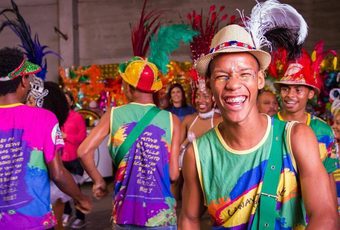
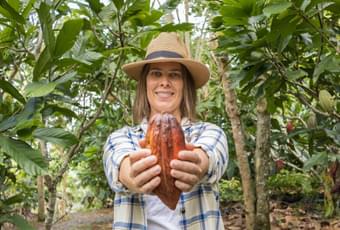
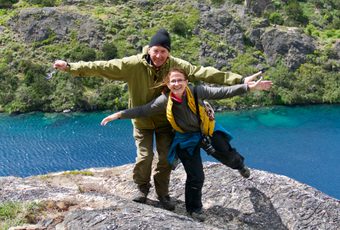


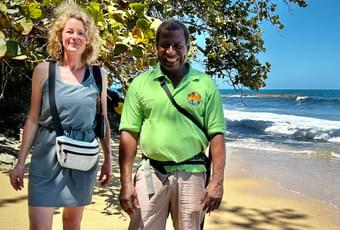
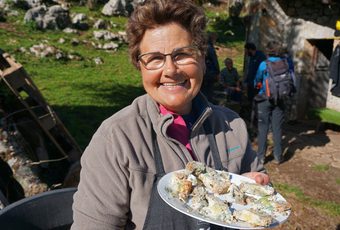

 By
By 